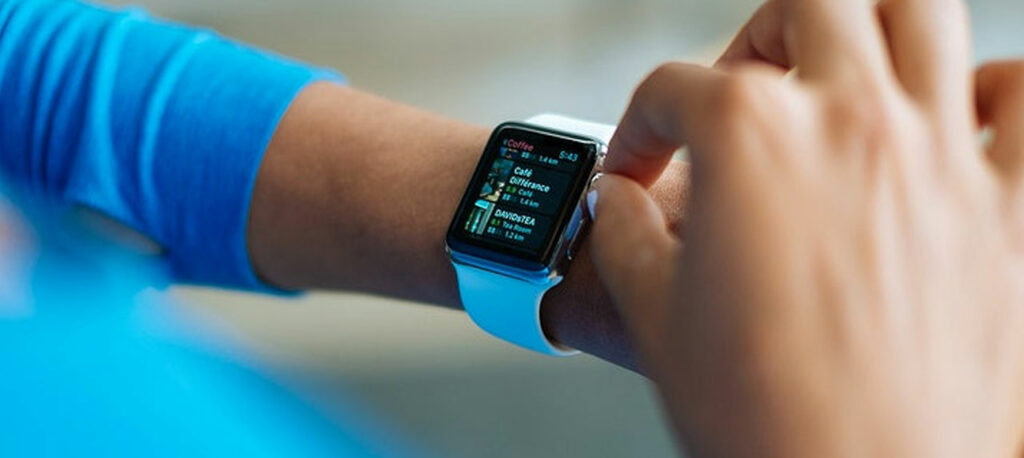
Wearables vs. Med Devices: Visualizing a Third Way
Ended soon
Hardware and software makers are naturally bullish on the future of consumer-facing wearables for health and wellness. So far, physicians and providers have remained circumspect. It’s been a dozen years since the first Fitbits helped launch the quantified self movement. What have we learned so far and what are the opportunities going forward?
Law of Unintended Effects
There’s no doubt that the ability to continuously monitor vital signs and important metrics such as sleep, activity and diet marks an important step forward in healthcare. Now that we have accessible technologies to accomplish this, are people sleeping better, walking more and eating healthier diets? The evidence is not all that compelling. In many cases, the technologies may actually backfire with negative effects on the “patient.”
As one example, studies of sleep trackers have shown that the devices can actually worsen insomnia. An unhealthy anxiety over achieving optimal sleep, called orthosomnia, is the culprit. As any insomniac will tell you, stressing about sleep is the surest way of losing sleep. As another example, the 10,000 steps per day counselled by Fitbit and other fitness trackers was actually born from a marketing team, not doctors, and in many cases has discouraged healthy mobility, especially amongst seniors, who could use it the most.
Cognitive Drives Physical & Vice Versa
These unintended effects – call them adverse reactions – are more a matter of psychology than physiology, but that doesn’t lessen their impact. Constantly feeling the need to engage with a device or app is already an unhealthy habit, as any parent can attest. The trouble is that many monitoring apps are designed to keep the user frequently, if not continually engaged, just like – gasp – social media, where there’s no such thing as a Hippocratic oath.
Clothed in the feel-good language of self-help, many digital health apps and devices easily induce anxiety and worse. Author Cathy O’Neil details popular nutrition app Noom’s oily science in in her book “The Shame Machine.” Although billed as a coaching tool rather than a diet plan, the app’s recommendations frequently suggest intake of only 1200-1400 calories daily; hardly enough to sustain an adult. “Failing” the plan not only induces the predictable demoralization, it can also plant the seeds of an eating disorder. Good for the patient?
Wearables May Generate More Care Events
One of the less-anticipated side effects of wearables is that many users end up consuming more professional healthcare, not less, as was the original hope. The more easily we’re able see a change in our pulse, oxygen level or sleep, the more likely we are to think something is wrong that our doctor should know about. In theory, wearables disprove the old adage that what you don’t know can’t hurt you. But what if what you thought you knew actually could hurt you? Welcome to another unintended effect.
We have a real-world example to consider. Patients with atrial fibrillation are now able to track their cardiac arrythmias through an Apple Watch. While no cardiologist accepts the device’s findings as clinically admissible, the data and alerts provide a viable foundation for early interventions and diagnoses that can save lives. That’s the good news. The bad news is that constant cardiac monitoring creates user anxiety, which actually worsens the symptoms and leads to increased, often unnecessary care consumption. Do no harm?
Paving the Middle Ground
Will consumer-level wearables ever achieve their promise and become a true extension of medical monitoring? The jury is still out. Doctors already have numerous concerns over wearable data, particularly accuracy. Discouragingly, the American Journal of Medicine has so far found little indication that wearable devices provide a benefit for health outcomes, particularly with chronic disease (also an original hope/target).
With these sobering findings in mind, we believe that the next path forward for wearable health tech will be focused on therapeutics, rather than data generation and content. We believe clinical-grade remote monitoring and telehealth will certainly become mainstream. The winners, however, may not come from the CE industry. Five years from now, which brands are more likely to send data into the EHR – Samsung and Apple or Medtronic and Hill-Rom? A new product and service philosophy for consumer devices is called for.
Wearables 2.0
We see a lot of opportunity in this new middle ground. The hearing health sector is an excellent example. Not everyone with hearing loss needs (or can afford) professional hearing aids. Think of PSAPs, while hoping that we soon get a better category name than personal sound amplification products. These hearables fill a substantial healthcare niche without the expectation or responsibility of replacing the true “medical device” technology.
How could this approach be extended throughout the wearables world? By a similar focus on utility rather than simple information, and a sense of humility as to the borders between self-care and professional care. Neurostimulation wearables can provide grateful pain relief without pretending to be an alternative for a joint replacement. Wearables that listen to the GI tract provide a better path to gut health than any nutrition app. Devices for home breast exams won’t replace the mammogram, but can spur early testing that can save lives. These products aren’t futuristic, they already exist. They’re just market-lonely in an ocean of me-too wristbands and apps.
We look forward to the mainstreaming of wearable health devices that go beyond the fads and deeper into real solutions for the real markets that are waiting for them.
# # #
Senior Partner Lew Brown oversees bluesalve partners’ health tech practice. Lew has deep expertise in consumer IoT, consumer technologies and consumer goods, and excels in bringing new products and technologies to market.

